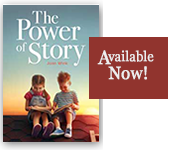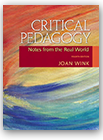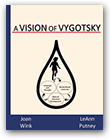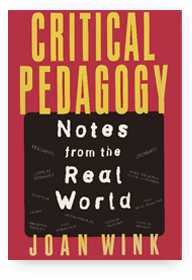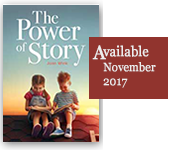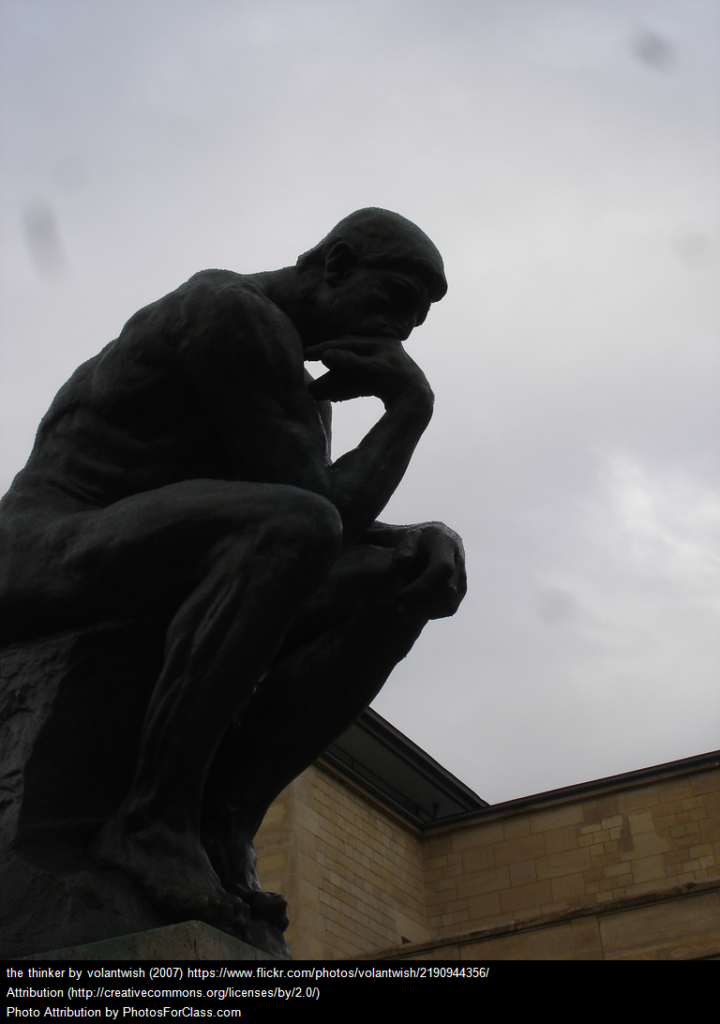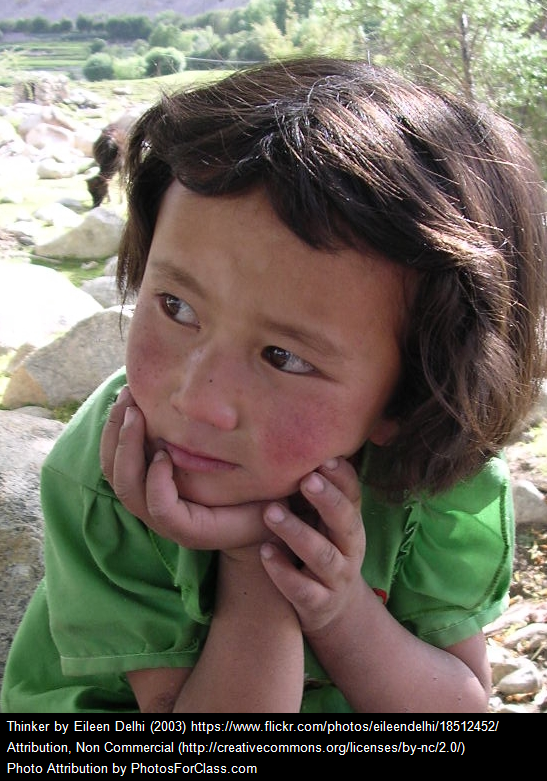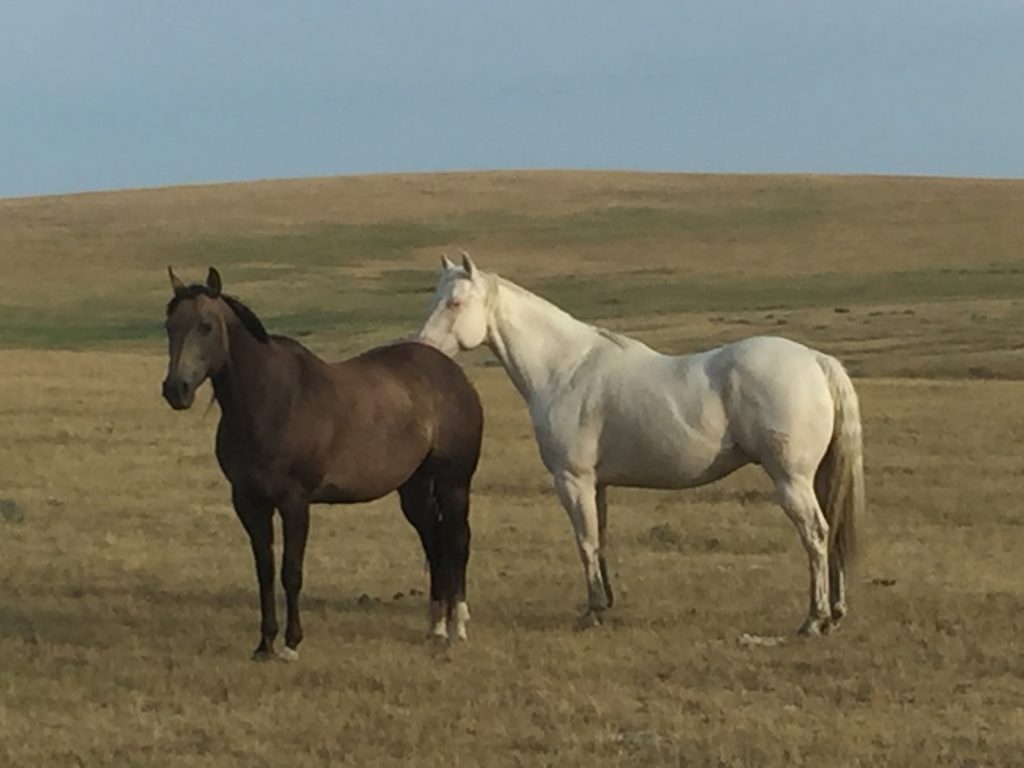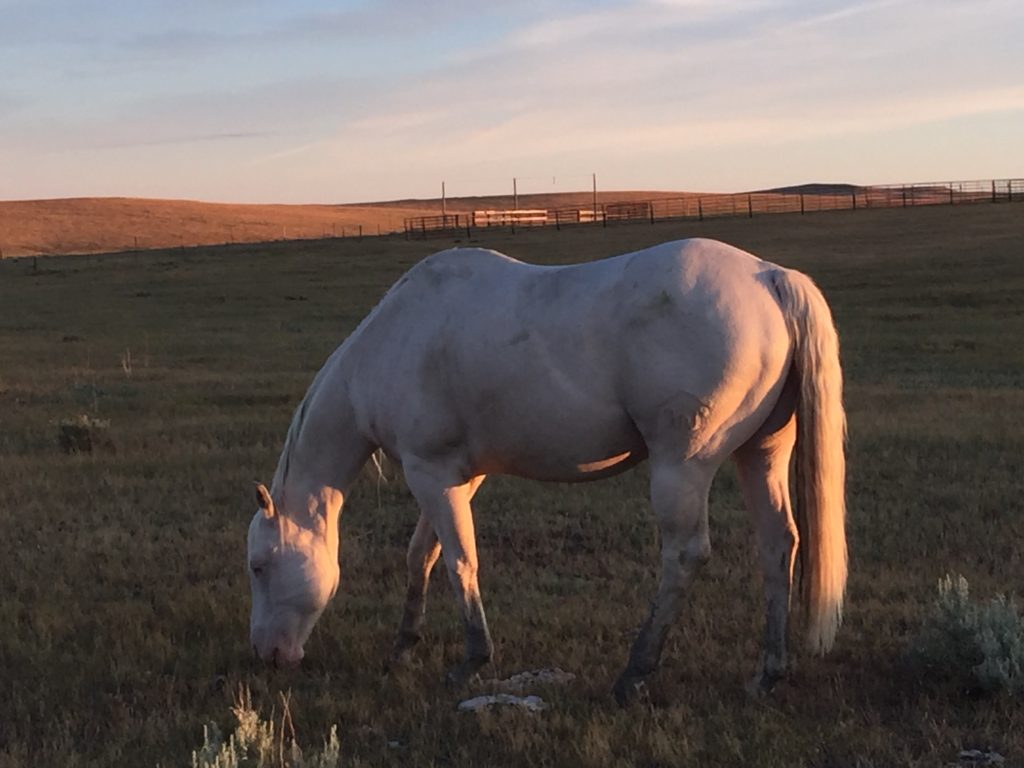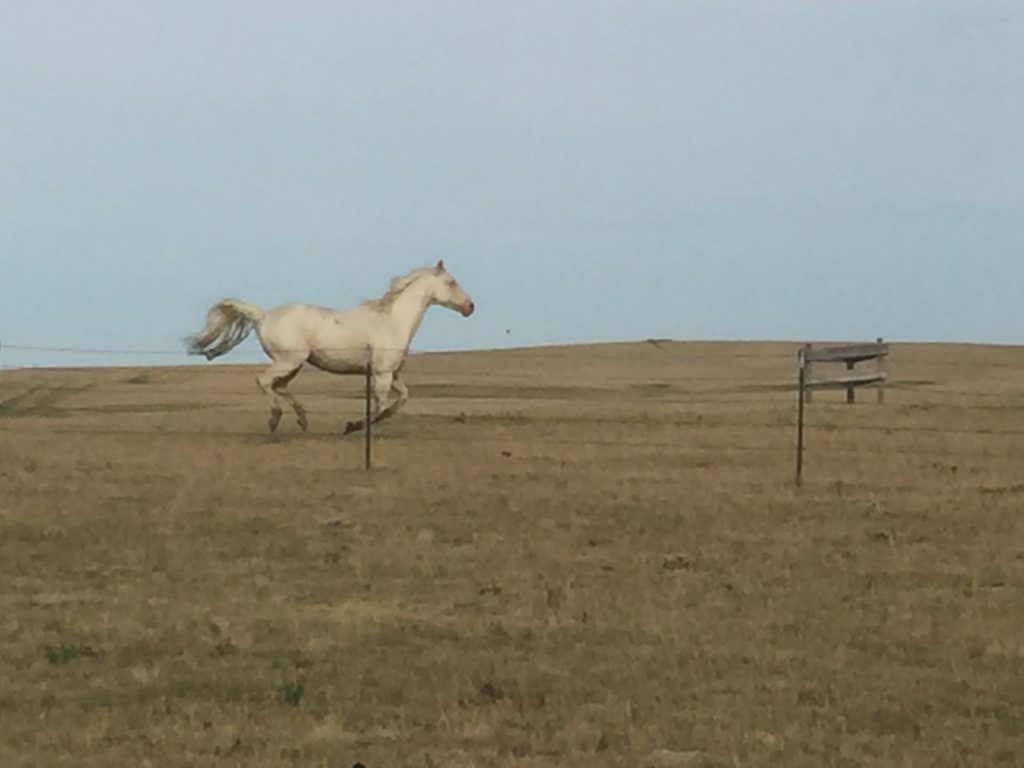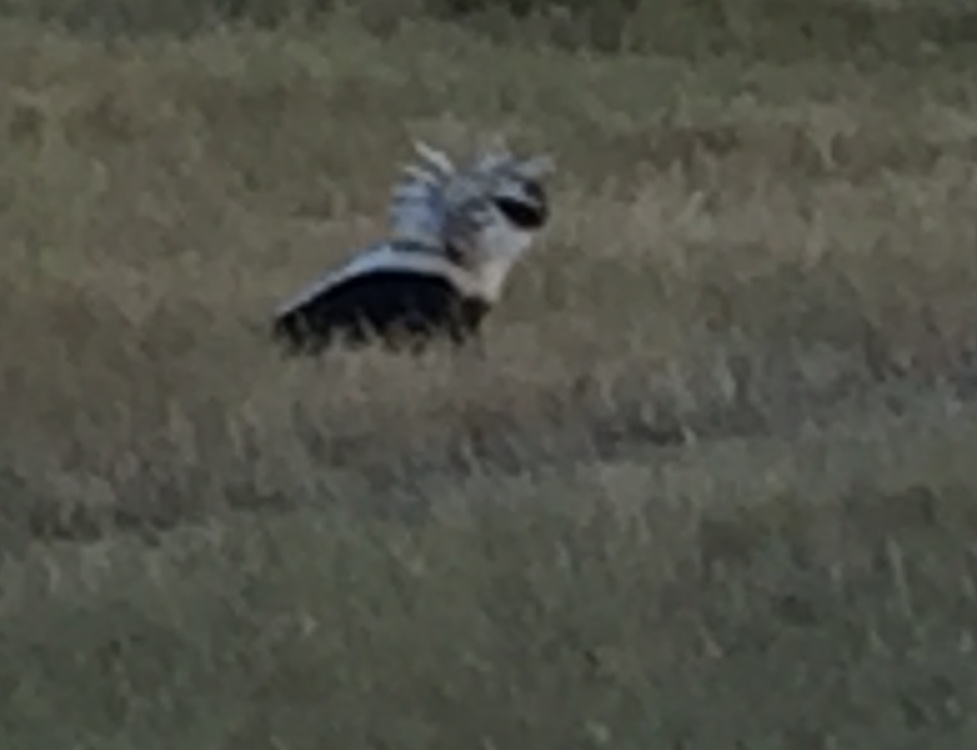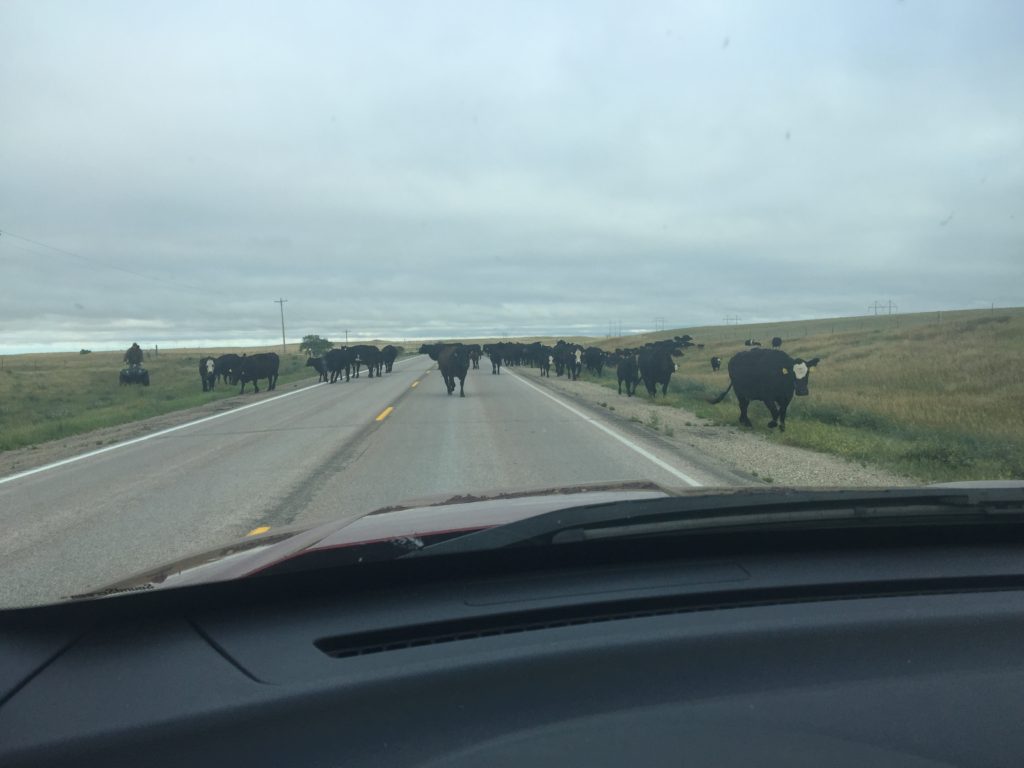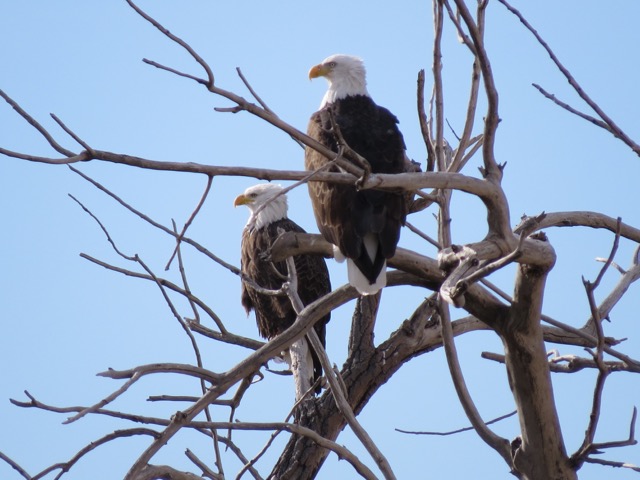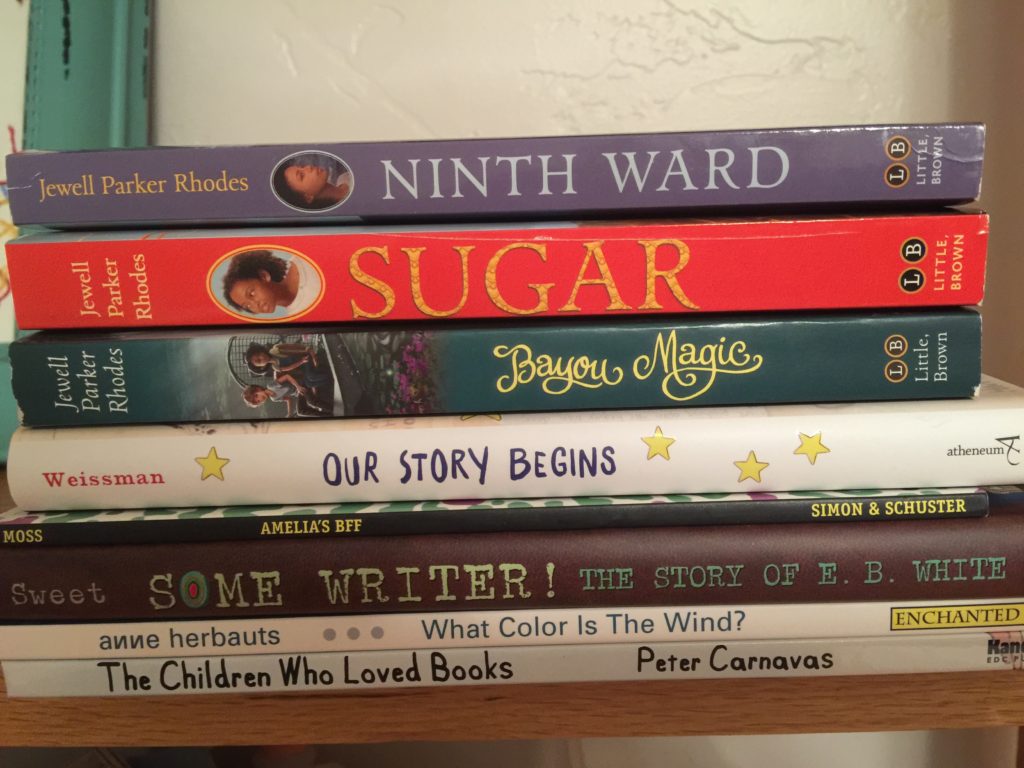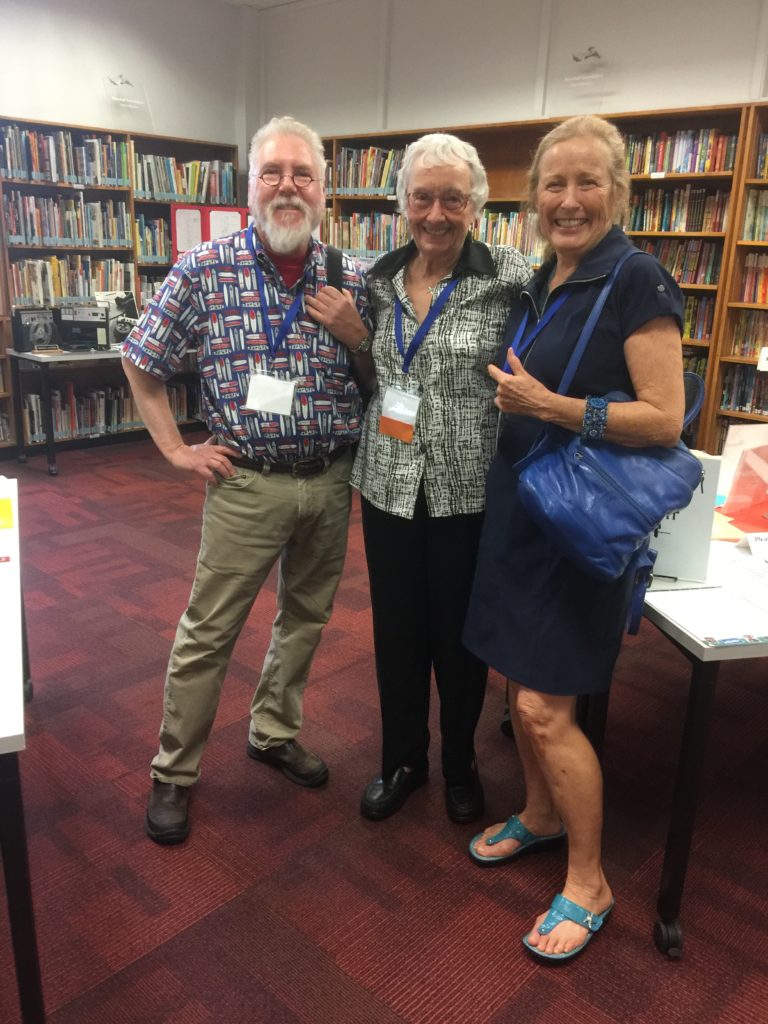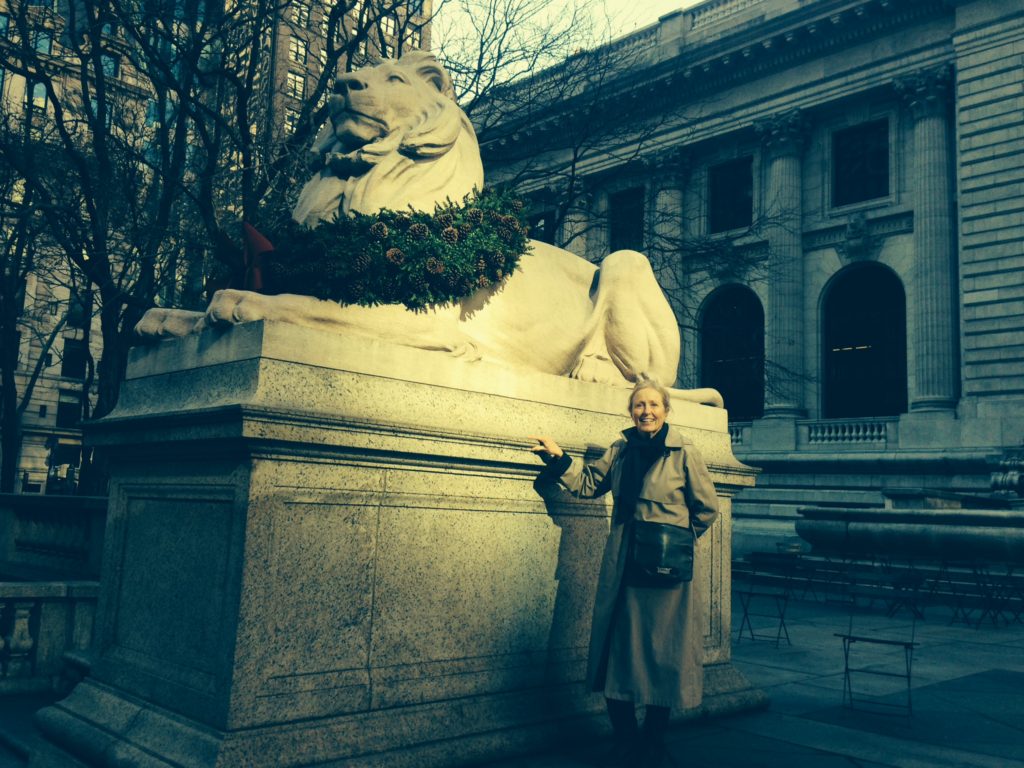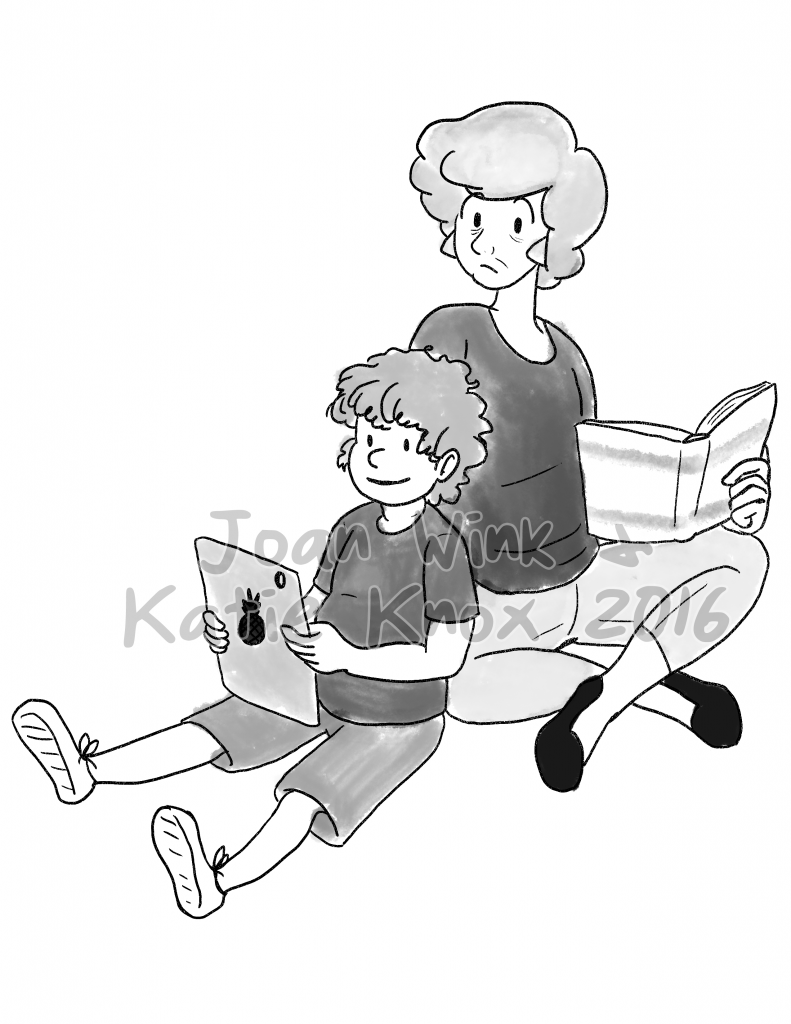Dear WinkWorld Readers,
Sometimes the roles of writer, rancher, and/or professor blur a bit–for example, today.
I got up early again today to take my walk and then begin working on my page proofs for the day, where some permission questions needed my focus. What are page proofs? Page proofs are sort of like your last chance on a manuscript to find any previous errors and make any teeny-tiny changes. They are like photos of the forthcoming book pages. Very exciting and very scary for fear that you omit a thank you to someone. If I did, forgive me.
However, I was interrupted by a colleague who had just learned about epistemology, ontology, and axiology. These philosophical words suddenly become significant in the beginning of doctoral programs. Epistemology relates to the nature of knowledge: What do we know and how do we know it? Ontology relates to the nature of being; what actually exists? Axiology relates to the inherent value, as in ethics or morals. These 3 words always lead to discussions of “the sages of the ages:” Socrates, Aristotle, and Plato. And, if you just remember SPA, you will never forget who taught whom of those three thinkers. And, my colleague’s discussions of “the sages of the ages” will soon lead to discussions of all of the “isms:” idealism, realism, humanism, essentialism, perennialism, progressivism, social reconstrutionism, and existentialism.
(McNeergney & McNergney, 2004, p. 146)
The problem with my colleague’s question this morning is that it led me to some treasured books, and then I was immediately distracted by the photos decorating these books.
I can almost guarantee that this colleague will soon ask me about a priori and a posteriori.
However, by now, I had squandered away enough time being a professor and need to get back to being a writer, but Wink appeared and said, “Bad news.” I held my breath: 4 of our horses had gotten into poison oats. To heck with big words and permissions on page proofs, it was time to be a rancher, which took all of our energies until well into the afternoon. Frankie (my horse) and the other horses seem to be stable now. We are optimistic.
Back to being a writer and those page proofs. There was a knock at the door, and a man came to fix the falling ceiling in the old (1920s) part of the house. “Chicken Little” was right. Guess that makes me back to being a rancher or rancher’s wife now. Ceiling patched.
Back to being a writer.
OOOps. Time for dinner. Rancher’s wife again.
If this WinkWorld feels a bit disjointed, it is because it is a good reflection of my day. The roles become blurred out here.
